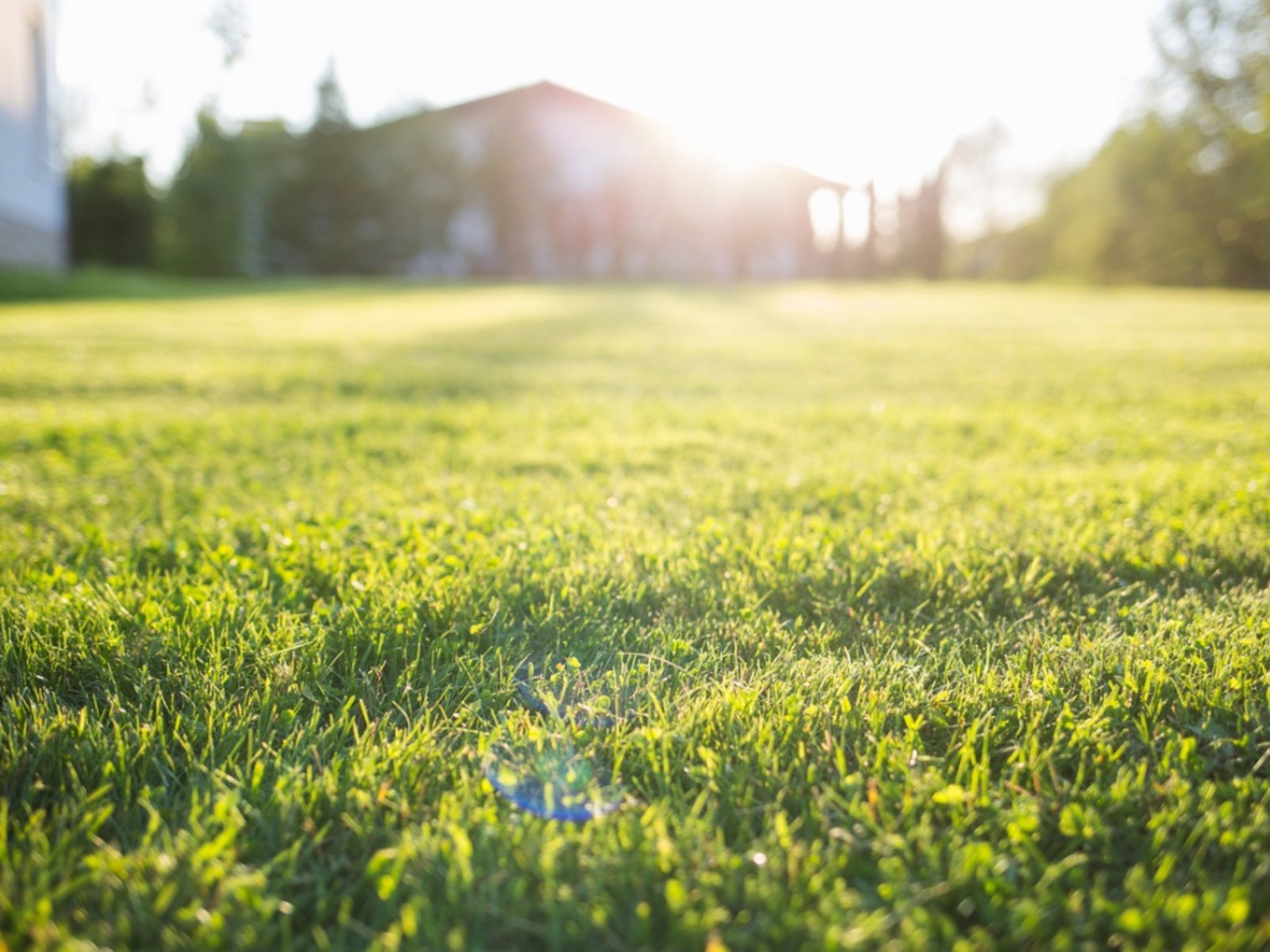Spring Lawn Maintenance: Tips On Caring For Lawns In Spring


Keeping your lawn green and healthy during the hot days of summer begins with properly caring for lawns in spring. Read on to learn about spring lawn maintenance and how to care for spring lawns.
Spring Lawn Cleanup
It may not be a lot of fun, but spring lawn maintenance requires a few hours of spring lawn cleanup. It’s tempting to get started on the first sunny day, but it’s critical to wait until the ground is dry or you may compact the soil and damage the tender roots. Once the lawn is dry, you can gently rake away dead grass, leaves, twigs, and other debris.
How to Care For Spring Lawns
With a few spring lawn care tips, you can have the yard you’ve always dreamed of. Watering– Don’t be tempted to water your lawn in early spring. Wait until the grass shows signs of wilt, which may not happen until late spring or early summer– or maybe even later. Watering too early only encourages shallow root growth, which will be unable to withstand hot, dry summer weather and may result in a brown, dry lawn by picnic season. When you start watering, water deeply then let the grass wilt slightly before watering again. Typically, about an inch (2.5 cm.) of water per week is enough. Fertilizing– Similarly, spring isn’t a good time for fertilizing the lawn because the tender, new growth is likely to be scorched when the weather turns hot in summer. This is especially important if you live in a climate affected by drought. If your lawn isn’t healthy, you can apply a light application of a balanced slow-released lawn fertilizer, but withhold heavier fertilization until autumn. The exception is if your lawn consists of St. Augustine or another warm season grass. If this is the case, fertilize as soon as the grass greens up and shows active growth in mid to late spring. Mowing– You can mow your lawn as soon as it needs it, but be sure the ground is dry so you don’t compact the soil. Never scalp your lawn and don’t remove more than one-third the height of the grass at any mowing. If the grass is shaggy in spring, give it a light trim for the season’s first mowing, then get back on schedule and follow the one-third rule for the remainder of the season (be sure to sharpen mower blades before you begin). Aerating– If your lawn needs aeration, which involves poking small holes in the lawn so water, nutrients, and air can reach the roots, midspring is a good time. However, wait until fall to remove thatch.
Sign up for the Gardening Know How newsletter today and receive a free copy of our e-book "How to Grow Delicious Tomatoes".

A Credentialed Garden Writer, Mary H. Dyer was with Gardening Know How in the very beginning, publishing articles as early as 2007.